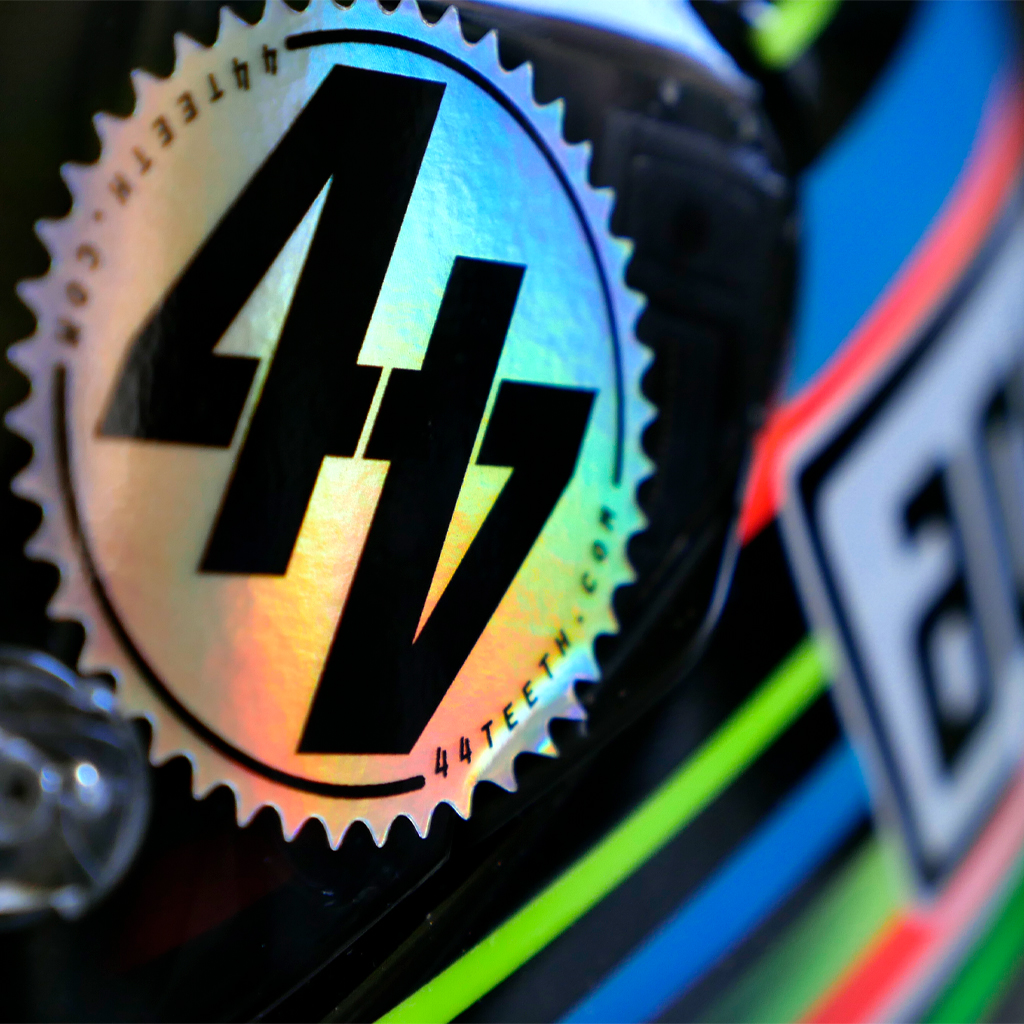DVT, or Deep Vein Thrombosis as we know it, affects one in every thousand in the UK every year, and it’s not very nice. My gran had it, poor girl. Thankfully, as you should be aware by now, Ducati has invented an all-new strain of DVT, developed in the Bologna labs for the 2015 Multistrada and it sounds far more pleasurable.
Desmodromic Variable Timing independently controls the ‘Strada’s exhaust and inlet cams, thus allowing maximum boost at the top-end with out sacrificing a silken bottom-end. Rather than a fixed valve overlap (which occurs between the end of the exhaust phase and the start of the intake phase), it can be varied. The valve timing adjuster sits on the ends of both cams and controlled, dynamically, by a sensor.
Thanks to DVT, the Multi’ punts out a claimed 160bhp from the 1198cc Testastretta motor, and there’s already 80Nm of torque at 3500rpm waiting to be abused. We know how efficient aftermarket cams are, so it’ll be interesting to see the results and impact the tech has on the Multistrada – which was never shy of a good wheelie anyway.
A couple of you have asked why the technology hasn’t appeared on the 1299 and questioned if it ever would. Ducati’s product marketing manager, Paul Ventura: “The big advantage of the DVT system is the flexibility it gives. You can have a very smooth, very tractable, and very manageable in the lower rpm range. At the same time, when you really want to wind the bike out and crazy power character, it moves to a very high overlap in the superbike engine territory. This flexibility fits very well with the mission of the Multistrada – the whole four bikes in one concept.
“A superbike is so focused, that everything in the project brief has these ideas in mind – lightweight and ultimate performance. So, the DVT’s flexibility doesn’t necessarily fit within that project brief, at least not yet. If you’re adding some technology to cams, it does add some mass. It’s very minimal with the system we have, but when you have a bike like the Panigale, that is by far the lightest superbike on the market, there were some really aggressive targets were set for those bikes during development. If something’s adding mass, they say: ‘is that really necessary?’
“During the development of the DVT, we had ideas in mind for the platform and where the technology would end. If we thought that it would be a great for the 1299, then absolutely it’d be on there. I see a lot of customer feedback from the 1199, and I really don’t see any negative comments regarding the motor. “
Obviously, DVT isn’t the only new feature onboard. Using the must-have gizmo for 2015 – an Inertial Measurement Unit, which measures roll, yaw and pitch – the Multistrada’s electronic boutique is packed to the gills. As well as de rigueur traction control, ABS, and the updated-for-2015 semi-active Skyhook suspension of the previous model, 2015 says hello to Ducati Wheelie Control (anti-wheelie for trackdays), cruise control and cornering ABS – the latter being far more at home on the Multi’ than the 1299 Panigale.
On the practicality note, the seat is adjustable by 20mm, between 825mm and 845mm, which should please the vertically challenged along with the Multistrada’s 209kg dry weight. There are also now two 12v power sockets joining heated grips and the D|air airbag option, among other useful morsels.
44Teeth will be on the world press launch of the 2015 Ducati Multistrada 1200 in early March. Got any questions or queries? Leave ‘em below or email us. Grazie.


















